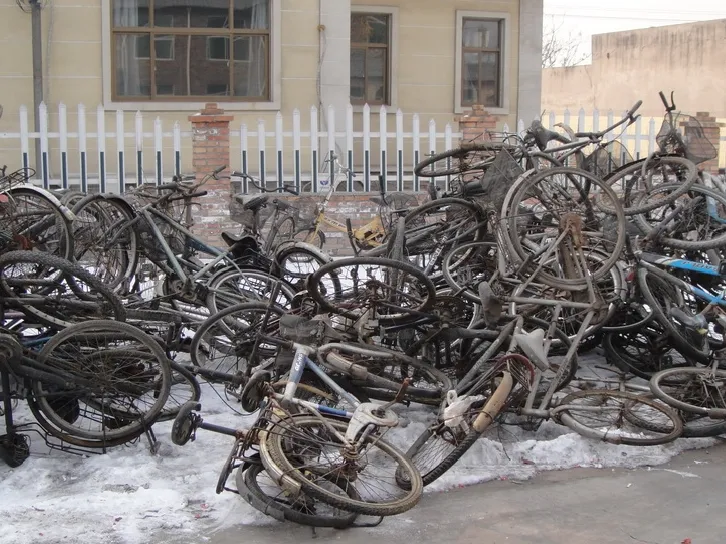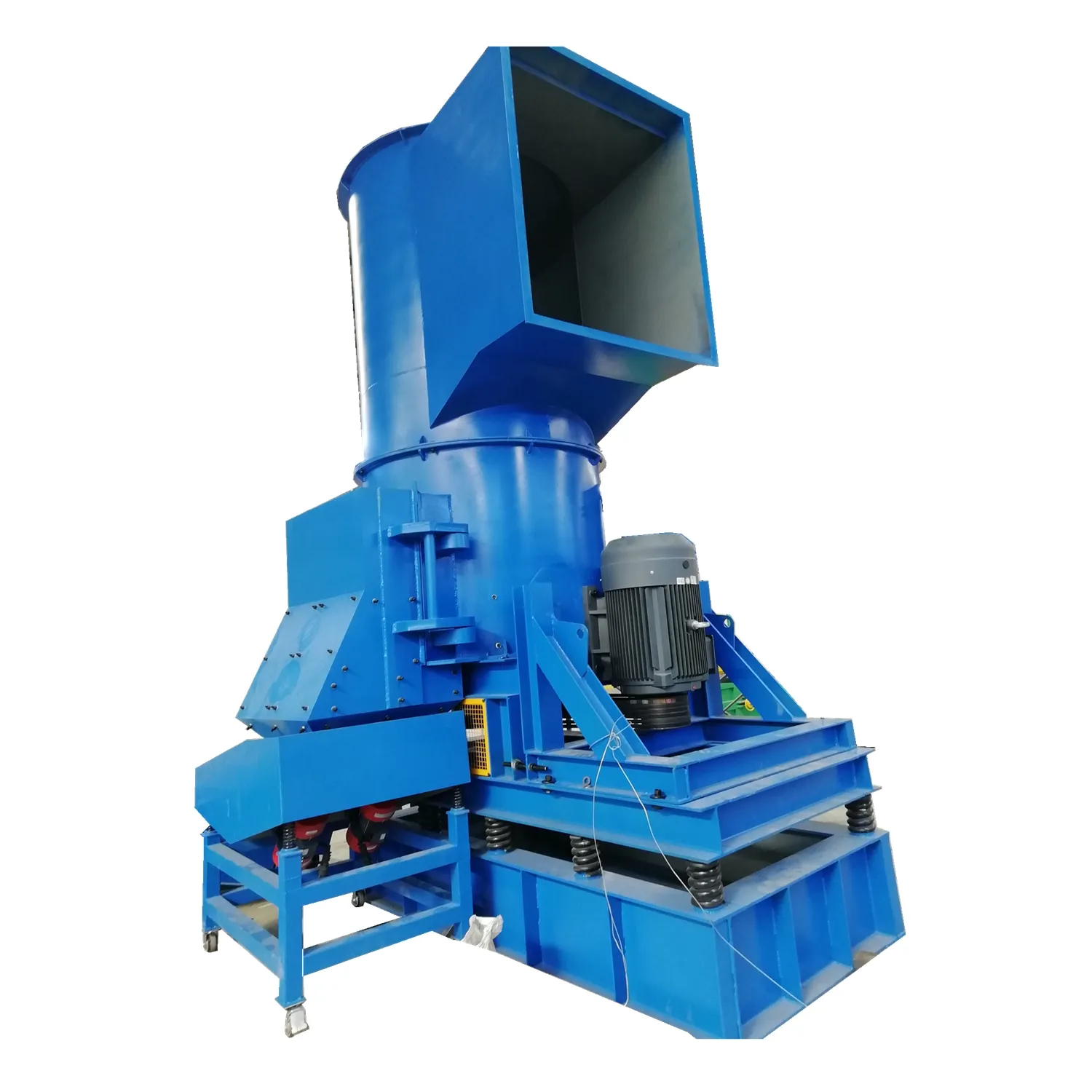Disposing of printed circuit boards (PCBs) is a crucial task that intertwines environmental responsibility and regulatory compliance. As the backbone of modern electronic devices, PCBs contribute significantly to e-waste, which demands careful handling due to its toxic constituents. Directing our focus toward eco-friendly solutions, this article delves into effective methodologies for disposing of printed circuit boards, emphasizing environmental consciousness, and compliance with international standards.

For individuals and enterprises involved with electronics, understanding the composition of PCBs is essential for responsible disposal. PCBs consist of several materials, including fiberglass, epoxy resin, and etched copper, along with metals like lead, tin, and even precious metals such as gold and silver. The presence of these metals, particularly the hazardous ones like lead, necessitates proper disposal methods to prevent environmental contamination.
Recycling emerges as one of the most sustainable ways to manage PCB disposal, where the components of PCBs are reclaimed and reused. The recycling process involves dismantling the board, physically separating the metal, fiberglass, and resin components. Mechanical separation, hydrometallurgical and pyrometallurgical processes are employed to extract metals effectively. Mechanical separation involves the shredding of PCB material, followed by the use of magnetic and electrostatic separation methods to recover metals. Hydrometallurgical methods use chemical solutions to dissolve and precipitate metals selectively. Pyrometallurgical processes, involving high temperatures, are more energy-intensive but also effective in recovering metals.

For businesses looking to recycle PCBs, engaging with certified e-waste recycling companies is paramount. These companies should adhere to international recycling standards, such as the Basel Convention, which regulates the movement and disposal of hazardous e-wastes. It is advisable to verify the recycler’s certification; stakeholders should consider ISO 14001 certification or R2/RIOS certification as indicators of a recycler's commitment to environmental responsibility.
Apart from recycling, there are alternative routes such as refurbishing and repurposing, particularly for PCBs still in functional condition. Refurbishment extends the life cycle of electronic devices, whereas repurposing involves adapting PCBs for different technological applications. Both approaches significantly reduce the quantity of waste generated and contribute to a circular economy.
how to dispose of printed circuit boards
Government and international regulations play a pivotal role in PCB disposal. Familiarity with and adherence to these regulations ensures compliance and avoids potential legal ramifications. In the United States, the Resource Conservation and Recovery Act (RCRA) regulates the disposal of hazardous waste, including PCBs. In Europe, the Waste Electrical and Electronic Equipment Directive (WEEE) outlines responsibilities for e-waste, encouraging recycling and recovery initiatives.
On an individual level, consumers hold the power to influence PCB disposal practices through informed purchasing and disposal choices. Opting for devices designed with sustainability in mind, such as those adhering to the Restriction of Hazardous Substances Directive (RoHS), can majorly impact e-waste levels. Moreover, participating in e-waste collection events and utilizing designated e-waste bins for PCBs ensures that boards do not end up in landfills, leaking toxins into the environment.
Education about sustainable PCB disposal must extend beyond industries to include the general public. Awareness campaigns and educational programs play a crucial role in fostering an environmentally conscious community. Increasing public knowledge of disposal options can drive higher recycling rates and contribute to global efforts in mitigating the environmental impact of electronic waste.
In summary,
the disposal of printed circuit boards demands a concerted effort from manufacturers, consumers, and governing bodies alike. By prioritizing recycling, adhering to legal frameworks, and fostering awareness, the e-waste challenge posed by PCBs can be effectively managed. Emphasizing environmentally friendly disposal is not only regulatory compliance but a commitment to future generations, underscoring a collective movement towards a sustainable and responsible technological future.


